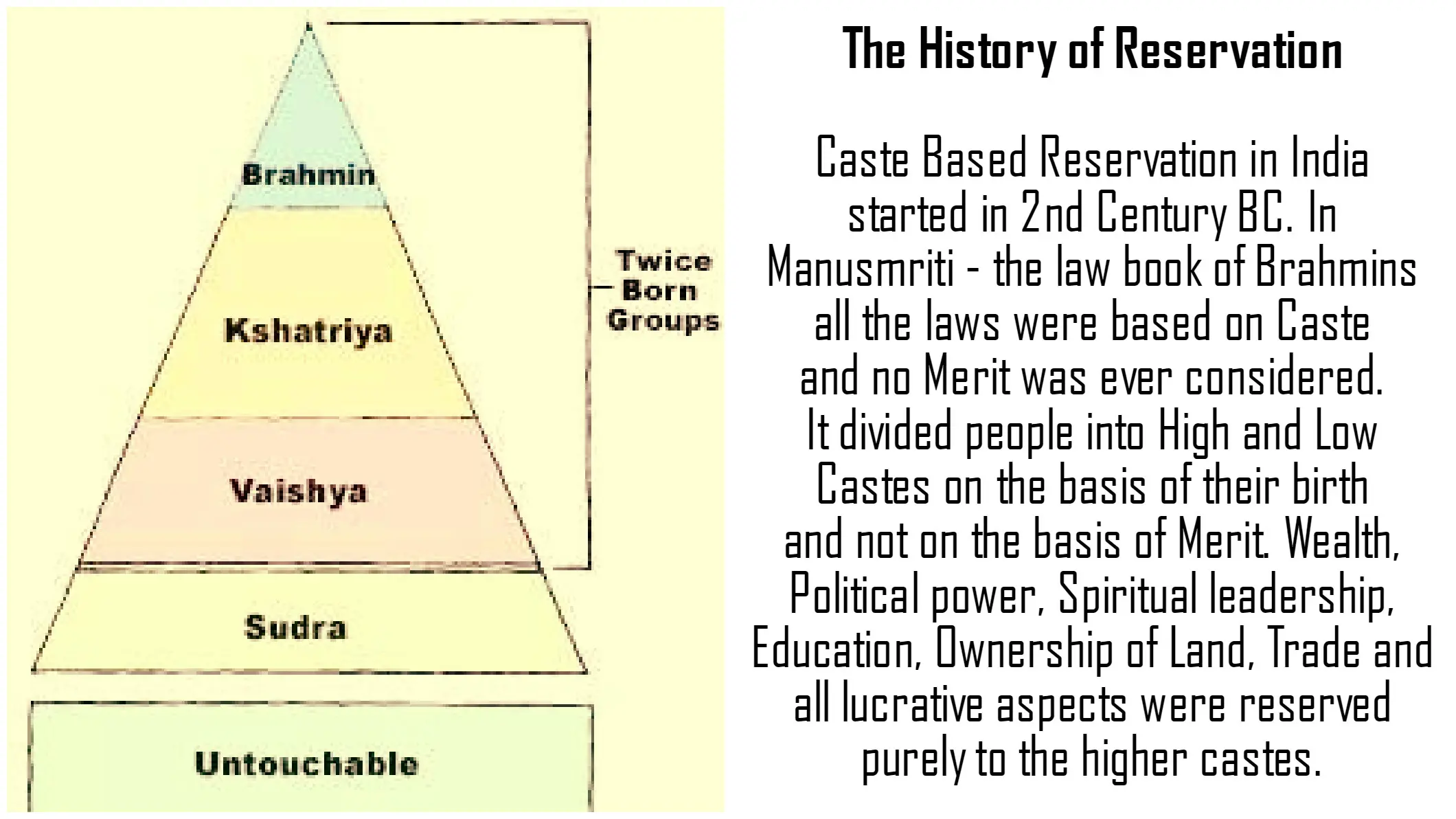UN population report: Key takeaways for India and the world
The Case For Open-Verifiable Forest Cover Data

2023-03-02
02:45 am
169 Views
India is one of the few nations to have comprehensive approach to forest assessment. India has implemented a scientific method for periodic evaluation of forest cover, which is useful for planning, policy formulation, and decision-making based on evidence. Over the years, India's forest cover has increased from 19.53% in the early 1980s to 21.71% in 2021. In addition, there is an estimated 2.91% tree cover in 2021, bringing the total green cover in the country to 24.62% on paper.

India's Systematic Approach to Forest Assessment
Mapping India's Forest Cover
- The Forest Survey of India (FSI)has been mapping India's forest cover since the early 1980s.
- India counts all plots of 1 hectare or above, with at least 10% tree canopydensity, within forest cover, regardless of land use or ownership.
- This differs from the United Nation's benchmark that does not include areas predominantly under agricultural and urban land use in forests.
- All land areas with tree canopy density of 40% and above are considered dense forests, and those between 10-40% are open forests.
- A new category, very dense forest, was assigned to land with 70% or more canopy density since 2003.
Notional Area under Tree Cover
- Since 2001, isolated or small patches of trees, less than 1 hectare and not counted as forest, are assessed.
- These patches are combined to determine a notional area under tree cover by putting together the crowns of individual patches and trees.

The History of India's Forest Cover Assessment
- The Governmentrecords show that 42,380 sq km of forest land was diverted for non-forest use between 1951 and 1980 but the reliable data on encroachment is unavailable.
- The National Remote Sensing Agency (NRSA) used satellite imagery to estimate India's forest cover for periods 1971-1975 and 1980-1982 and reported a loss of 2.79% in just seven years, from 16.89% to 14.10%.
- However, the government was reluctant to accept the reported loss of forest cover, and after negotiations, the NRSA and the newly established FSI "reconciled" India's forest cover at 19.53% in 1987.
- Though, the FSI did not contest the NRSA finding that dense forest cover had fallen from 14.12% in the mid-1970s to 10.96% in 1981, and reconciled it to 10.88% in 1987.
Evolution of Forest Cover Assessment in India
Early Assessments
- Until the mid-1980s, forest cover in India was estimated using satellite images at a 1:1 million scale.
- The scale improved to 1:250,000 by 2001, reducing the minimum mappable unitsizefrom 400 to 25 hectares.
Impact of Improved Scale
- The refinement of the scale resulted in the forest cover fallingwithin the forest area while it increasedoutside.
- It made possible to discern several small non-forested or degraded forest patches within the forest land that earlier appeared as a larger green chunk. Similarly, small woodlots or plantations outside forest areas became visible.
- The forest cover data has been revised in every successivereport since the refinement of the scale in 2001.
Forest Areas in India
Recorded Forest Area
- In India, Recorded Forest Area is the land recorded as forest in revenue records or proclaimed as forest under a forest law.
- It accounts for 23.58% of India's land area.
- These areas were recorded as forests due to the presence of forests on the land.
- They are divided into Reserved, Protected and Unclassed forests.
Loss in Recorded Forest Areas over time
- Over time, some Recorded Forest Areas lost forest cover due to encroachment, diversion, forest fires, etc.
- In many places outside the Recorded Forest Areas, tree cover improved due to agro-forestry, orchards, etc.
- In 2011, the FSI furnished data on India's forest cover inside and outside Recorded Forest Areas.
- Nearly one-third of Recorded Forest Areas had no forest at all, which means over 2.44 lakh sq km or 7.43% of India's old natural forests were already gone.
- Decrease in density of forests in Recorded Forest Areas and only a small portion of the Recorded Forest Areas is composed of dense forests.
India's Forest Cover: Loss of Dense Forests and Plantations
- Only 9.96% of India was covered by dense forests within Recorded Forest Areas in 2021, despite extensive plantation efforts by the forest department since the 1990s, which represents a decline from 10.88% in 1987.
- Commercial plantations, orchards, village homesteads, and urban areas are included as dense forests outside of Recorded Forest Areas, masking the loss of natural forests.
- The State of Forest Report 2021 reports 12.37% dense forestcover by including such random green patches.
- The FSI has not provided specific information on the share of plantations in the remaining dense forests inside Recorded Forest Areas, but experts say much of the 20,000 sq km of forest loss compensated by 11,000 sq km of newly dense forest areas are plantations.
- Natural forests do not grow so fast, indicating that these are indeed plantations.
Key differences between natural forest and manmade plantation
- Biodiversity: Natural forests are diverse and support a wide range of flora and fauna, while plantations are typically monoculture and have much lower biodiversity.
- Resilience: Natural forests are typically more resilient to fires, pests, and epidemics due to their greater biodiversity and complex ecosystem. Plantations, on the other hand, are more vulnerable to these threats.
- Carbon storage: Natural forests store large amounts of carbon in their trees and soil, while plantations may take several decades to reach similar levels of carbon storage.
- Harvesting: Plantations are often harvested more readilythan natural forests, which can undermine efforts to reduce carbon emissions and preserve biodiversity.
- Growth rate: Plantations tend to grow faster than natural forests due to the use of genetically modified trees and intensive management practices.
- Ecosystem services: Natural forests provide a wide range of ecosystem services, including regulating water cycles, preventing soil erosion, and supporting local communities. Plantations typically provide fewer ecosystem services, and those that they do provide are often focused on timber production.
Encouraging Open and Participatory Approaches for Forest Data Verification
- The FSI claims to have achieved a 95.79% accuracy in identifying forests from non-forests by comparing its interpreted data with ground reference data collected under the National Forest Inventory programme.
- However, the exercise was limited to less than 6,000 sample points and the FSI has not made its data available for public scrutiny or allowed the media access to its geo-referenced maps.
- In contrast, Brazil's National Institute for Space Research maintains an open platform for queries, analysis, and dissemination of data on deforestation and forest cover change.
- Experts suggest that making the FSI's field data freely available to the public could ease its burden and allow thousands of researchers and enthusiasts to volunteer in verifying the country's forest data on the ground.
















Comments
Login To Comment
Recent Comments